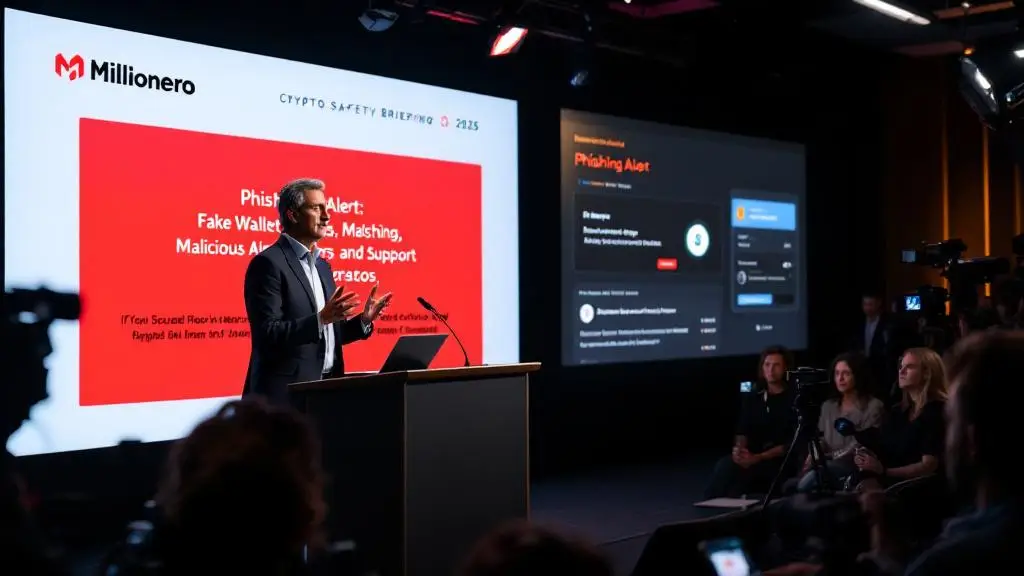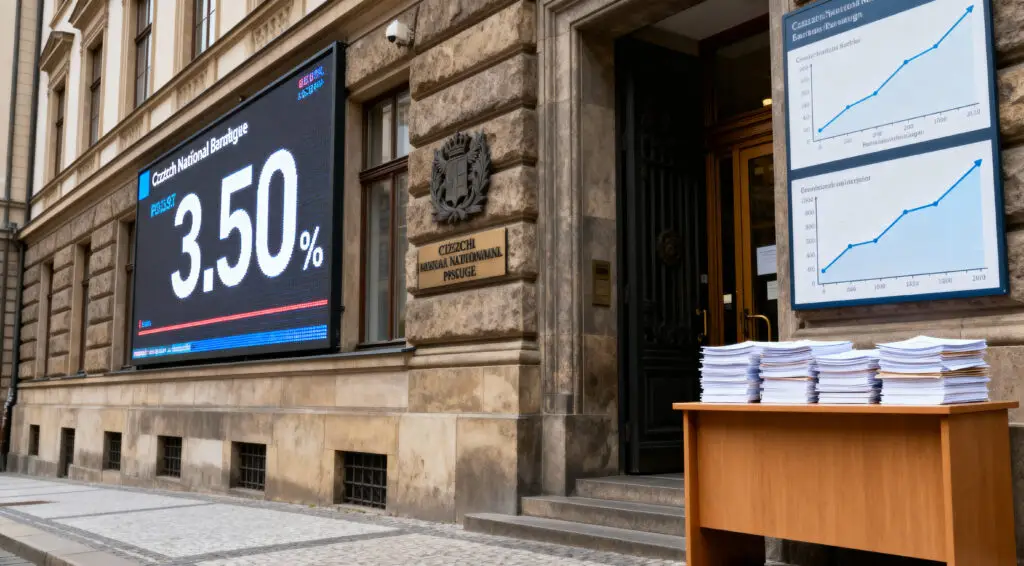A rug pull in the cryptocurrency world is one of the most devastating scams an investor can experience. It happens when the developers of a new crypto project abruptly disappear with investors’ funds, leaving worthless tokens behind. As the name suggests, the scammers quite literally “pull the rug” from under unsuspecting buyers. These schemes often thrive in decentralised exchanges, where new coins can be listed without rigors checks.
In a typical rug pull, the developers create a flashy token, hype it through aggressive social media campaigns, and promise quick, massive returns. Investors rush in, driving the token’s price sky-high. Once enough money has been pooled, the developers either drain all liquidity, taking the valuable crypto paired with the token, or use malicious smart contract code to block investors from selling. Prices then crash to near zero, and the team vanishes, leaving investors empty-handed.
Is Rug Pulling Illegal?
While the crypto world often seems like the Wild West, rug pulling isn’t a grey area morally; it’s outright fraud. The problem is enforcement. Crypto operates across borders, and different countries have inconsistent regulations.
“There might not be a specific law that says ‘rug pulling is illegal’ in every country,” the guide explains, “but a rug pull scam definitely falls under existing laws against fraud and theft.” Developers who intentionally deceive investors are committing fraud, whether the stolen assets are dollars or digital tokens. Authorities like the FBI have charged rug pullers with crimes like wire fraud and money laundering.
But tracking scammers is hard. Crypto transactions can cross jurisdictions with ease, and developers often hide behind anonymous identities. Even when they’re caught, as in the case of Thodex’s CEO, Fatih Faruk Özer, who allegedly ran off with $2 billion, victims rarely recover their losses.
Infamous Examples of Rug Pull Scams
Several high-profile rug pulls have rocked the crypto world in recent years. The Squid Game Token (SQUID) is one of the most notorious examples. Inspired by Netflix’s hit series, its price skyrocketed in days but investors soon found they couldn’t sell. Developers had embedded code preventing token sales, then vanished after syphoning millions.
Thodex, a centralised Turkish crypto exchange, shocked the industry when its CEO disappeared in 2021, halting trades for 400,000 users and allegedly fleeing with $2 billion.
AnubisDAO, a DeFi project promising decentralised financial innovations, raised $60 million in under 24 hours, then its anonymous developers drained the liquidity pool, crashing the token’s value to zero.
The biggest rug pull arguably remains OneCoin, an elaborate pyramid scheme active between 2014 and 2016. Marketed as a revolutionary crypto project, OneCoin didn’t even have a blockchain. Its founder, Ruja Ignatova, known as the “Cryptoqueen,” disappeared in 2017, and victims lost an estimated $4 billion worldwide.
Tools to Spot a Rug Pull Before It Happens
With scams rampant, tools like Token Sniffer and De.Fi Scanner have become invaluable for investors. Token Sniffer analyses a token’s smart contract code for hidden dangers such as modifiable fees, minting functions, or liquidity risks. It then provides a risk score, highlighting potential problems.
De.Fi Scanner offers even deeper dives, evaluating token distribution to identify if a few wallets hold an outsized share a clear warning sign. It also checks ownership controls and liquidity lock status, plus tries to factor in social media activity for signs of suspicious hype or abandonment.
How NFT Rug Pulls Mirror Token Scams
Rug pulls don’t just happen with cryptocurrencies; they’re rampant in the NFT space as well. Scammers create hyped-up collections promising future perks and exclusive access. Once buyers spend millions minting NFTs, developers vanish, shutting down websites and social channels. Without ongoing community or development, the NFTs become worthless digital artefacts.
Detecting and Avoiding Rug Pulls
Spotting a rug pull requires due diligence. Legitimate projects usually have transparent teams with verifiable identities. Investors should ensure liquidity is locked, meaning developers can’t just withdraw funds overnight. Smart contract audits by reputable third parties can uncover malicious backdoors that let developers block sales or mint endless tokens.
Checking token distribution is also key. A handful of wallets holding massive token supplies increases the risk of sudden dumps. Finally, investors should approach promises of sky-high returns with extreme scepticism.
Can AI Help Prevent Rug Pulls?
Artificial intelligence is emerging as a powerful ally against rug pulls. AI can scan smart contracts for suspicious code, monitor wallet movements for unusual patterns, and analyze social media for fake hype or sudden negativity. By processing vast amounts of on-chain and off-chain data, AI can flag red flags faster than human analysts, giving investors crucial early warnings.
The Bottom Line
Rug pulls exploit the excitement and confusion of the crypto world, costing investors billions. While regulation struggles to keep pace, tools like Token Sniffer and De.Fi Scanner and the growing use of AI offer hope for detecting these scams early. But at the end of the day, investor caution, thorough research, and a healthy dose of scepticism remain the best defences against losing everything in the blink of an eye.























